Busy, people, moving, purposeful, hustle, bustle, fast-paced, energy, rat race, concrete-jungle, green parks (an oasis), homelessness, innovation – these are some of the words I jotted in my journal when I spent time in a city I love, San Francisco, this summer. Whilst in this vibrant, cosmopolitan city I experienced many sights, sounds, smells, and tastes, that got me thinking about city living.
During my twenties, I lived and worked in London – one of the most expensive, diverse, and populated cities in the world – and have certainly witnessed the pros and cons of city life. I love so many things about cities: the energy, variety, architecture, people, culture, food, art. In the USA New York is the epitome of this for me. Jay Z & Alicia Keys sing about it in their song Empire State of Mind. The energy and lyrics in this song give me goose bumps. As I sing the chorus aloud: “Concrete jungle where dreams are made of, there’s nothing you can’t do”, I relish in the optimism behind it.
When I visit my great ‘foodie’ friends in both New York and San Francisco, I enjoy some of the benefits of cities. They take my husband and I on culinary tours. We visit their favorite delis, markets, restaurants, and cafes, and try some of the best cheese, meats, pastries, gelato, pizza, and sandwiches I have ever tasted. I appreciate the variety and quality of unique food you can get in a city. I do not feel stuffed after our tasty treats, because we walk from venue to venue. Something else I love about city living – walking (a lot).
The sprawl of the suburbs makes walking between places hard to do. While there are lots of walking opportunities in rural and suburban areas (on trails and paths, rather than sidewalks), it is a different type of walk. Near my home, the open space, vistas, and quietness inspire me, but I do not get to pass the interesting people and places I would in a city. In San Francisco, I saw schoolchildren crossing the streets linked together like a giant chain, cool sculptures gracing city plazas, unusual wares outside shops or on street stands, fashions, designs, colors, sounds, and smells – complete sensory stimulation.
I also love the innovation in cities. We have several friends who are venture capitalists and it is exciting to hear the buzz behind new ideas, products, companies, and ways of doing things. One such company I learned about this summer is TaskRabbit. Originally founded in Boston, it is now in 17 major US cities (and growing). TaskRabbit is an online and mobile marketplace that connects neighbors to get things done. Neighbors helping neighbors —an old school concept reimagined for today. Another great idea is Local Mission Market, a unique grocery store experience with produce made on-site and fast digital check-outs, which according to Wired magazine is the next big thing.
I realize there are plenty of imaginative ideas and companies born from basements, workshops, garages, and even on chairlifts, in rural and suburban areas too, such as our very own Skullcandy in Park City. However, it seems to me there are more opportunities for creative, forward-thinking, individuals to get together and ideas to come to life in cities. I love the energy and excitement behind that.
Another thing that comes to mind when thinking about cities is the concentration of liberal thinkers. There seem to be many more liberals in cities than in rural areas. I believe this has to do with the diversity of culture, ethnicity, race, sexuality, and religion found in cities. When people interact with those different to them, I feel they are much more likely to be open, accepting, and understanding of them. Where this is lacking in rural areas I feel we need to make an effort to encourage positive responses and behavior, through education ourselves about others, and having an open mind and heart.
Despite the trend to be more liberal and accepting of others in cities, something I wonder about is segregation (often self-imposed). As I drove through Chinatown in San Francisco, and admired the colorful signs and storefronts, I thought about like-people congregating together in communities. There are districts in all major cities commonly known by the type of people, shops, and restaurants in the community. I do not necessarily consider this as being a good or bad thing; it just makes me think.
Does segregating mean you are less likely to embrace people or lifestyles in other communities? Does it make other people feel alienated or excluded? Do like-people come together through familiarity, safety, comfort? I, for one, live in a country different to that in which I was born. I find I am drawn to people I meet from my original country (perhaps due to a shared background, culture, sense of humor, etc.). However, I am not sure I would want to live in an enclave made up entirely of these people. I enjoy diversity, and feel there is so much to learn and gain from others, especially those different to ourselves.
Something else that causes a reaction in me when visiting cities is homeless people. Homelessness is prevalent in London and San Francisco, and exists in the nearest urban area to me, Salt Lake City. However, in the suburban area I live in I have never seen a homeless person. My locale sometimes appears to me to exist in a vacuum. It is not diverse or representative of much of the rest of the world. Visiting a city reminds me of the world beyond my own and how other people live. It opens my eyes.
I passed numerous homeless people on the streets of San Francisco. At first, I would look away, out of embarrassment and not wanting to stare. How do local people react? Do they just become used to it, immune? Looking away did not feel right. This situation is real. This is life for these people. I knew there were stories behind each face, under each blanket, in each outstretched hand or paper cup. Ed Sheeran’s haunting song “The A Team” has had me thinking about homelessness and people on the streets (read the story behind his song here). His lyrics and video helped to remind me of this reality, and humanize it. Like all of us, these people have hopes, fears, and dreams, and are someone’s son or daughter. People’s lives can take a turn.
Next time I came across a homeless person, instead of turning my gaze, I decided to meet their eyes and smile. One sign I saw even read, “I appreciate anything, even a smile.” I loved that. (Check out the video of these kids bringing smiles to homeless people). Jay Z continues in his song “Eight million stories out there and they’re naked. Cities is a pity, half of y’all won’t make it.” The sad truth is that people will struggle, but we can help love, support, encourage, and respect each other along the way.
Lydia
Some of my photos from trips to cities:
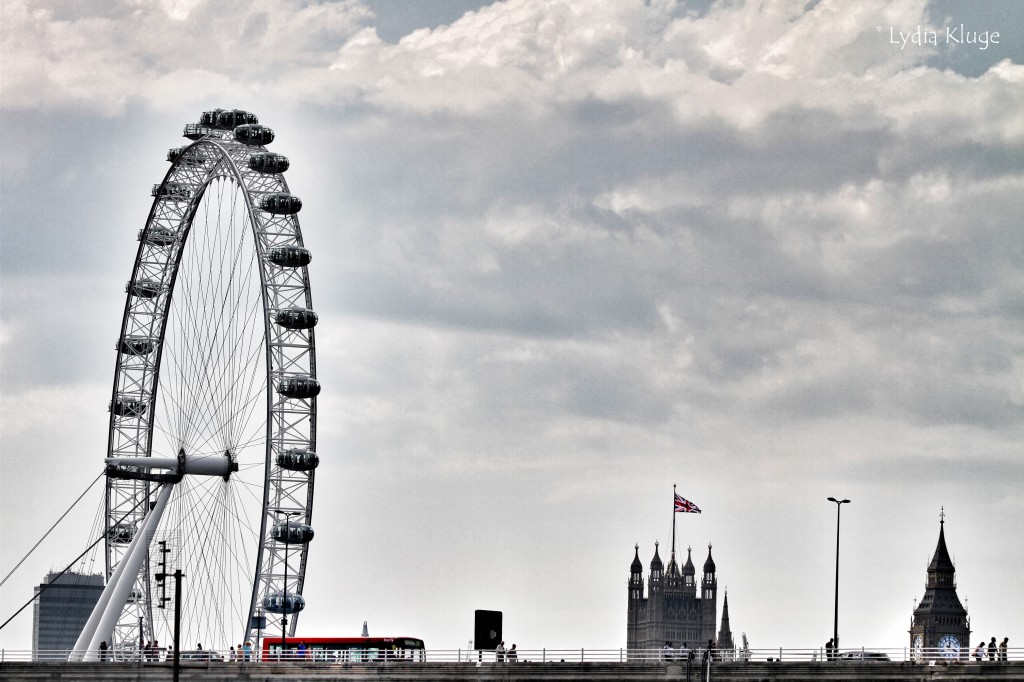
The London Eye
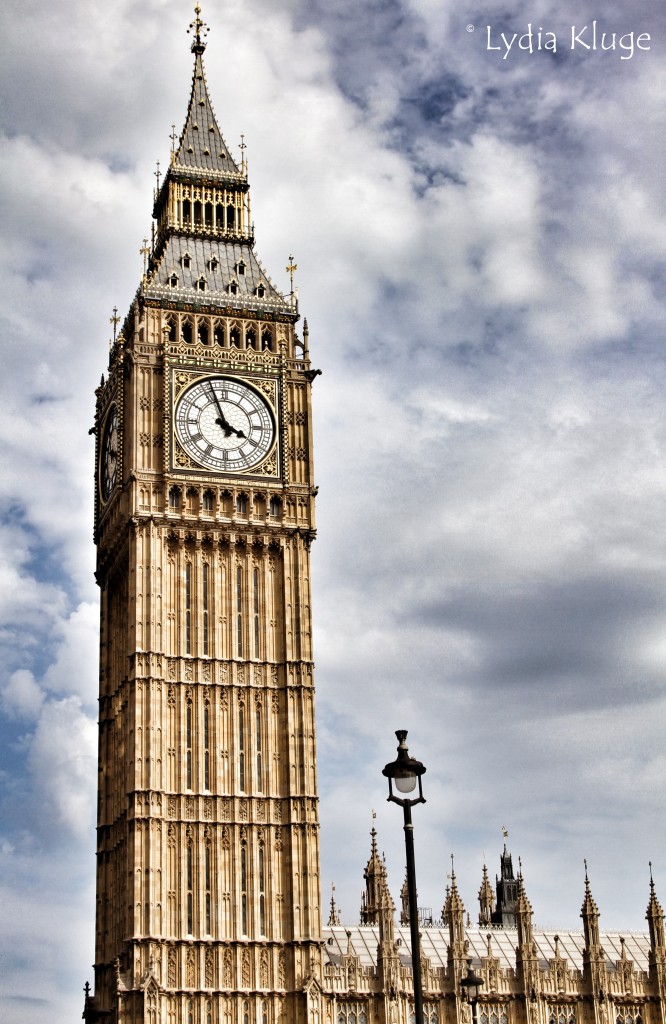
London’s Big Ben
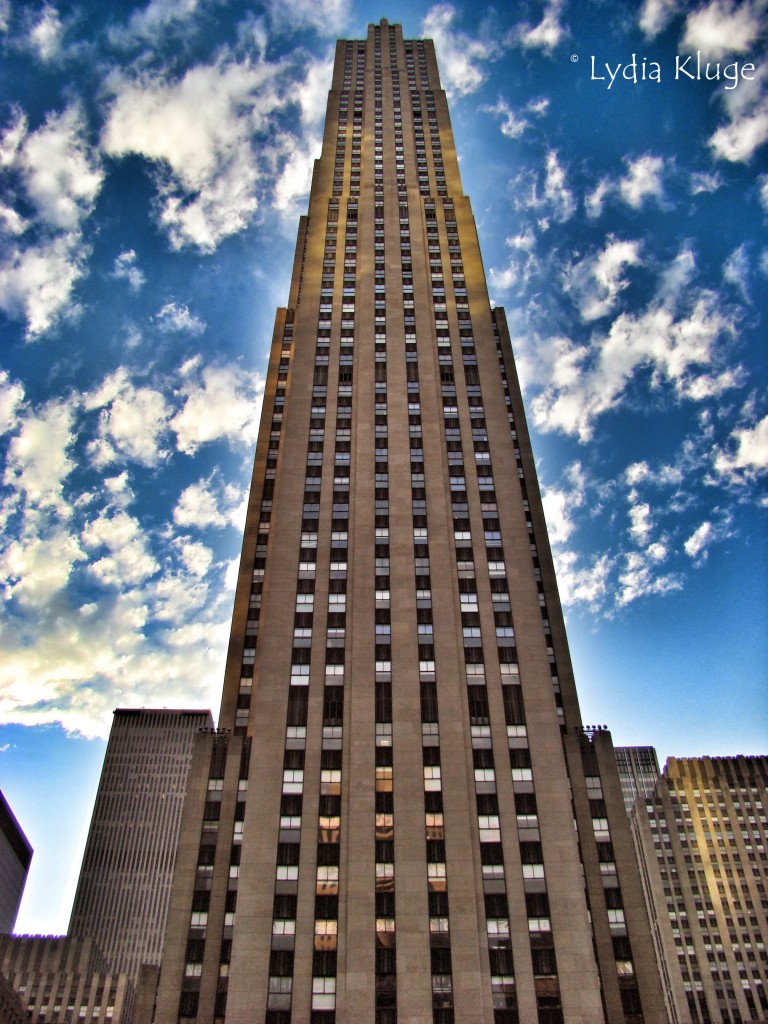
New York
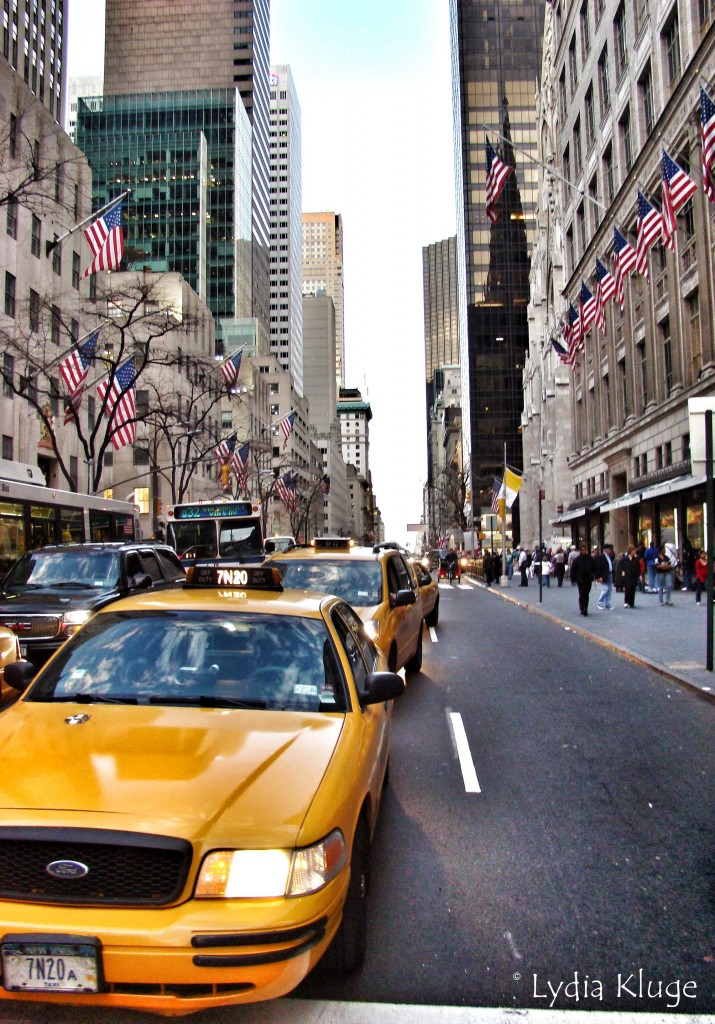
New York Taxis
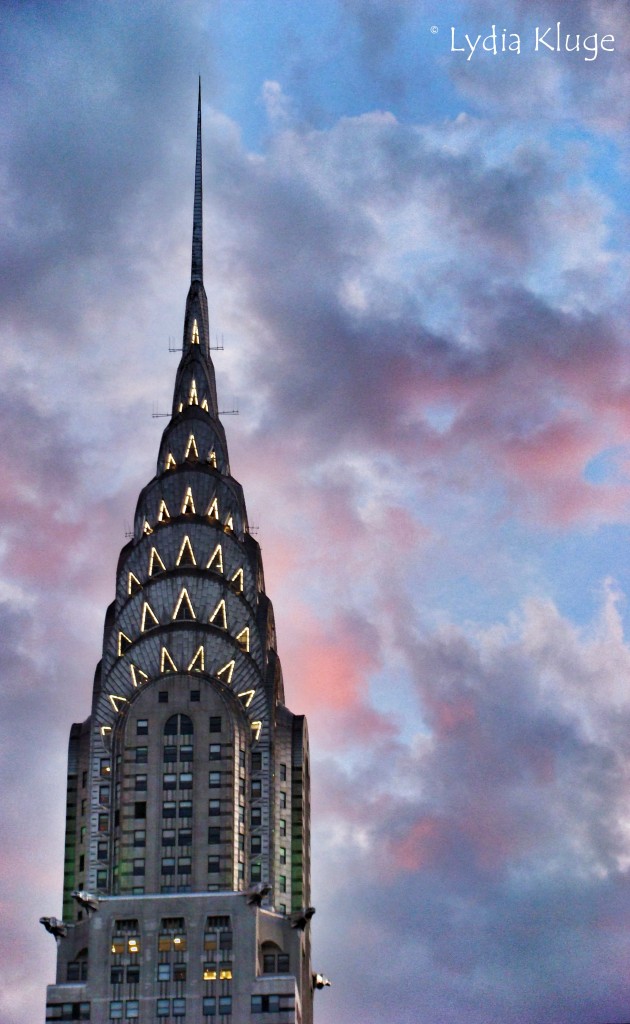
Chrysler Building
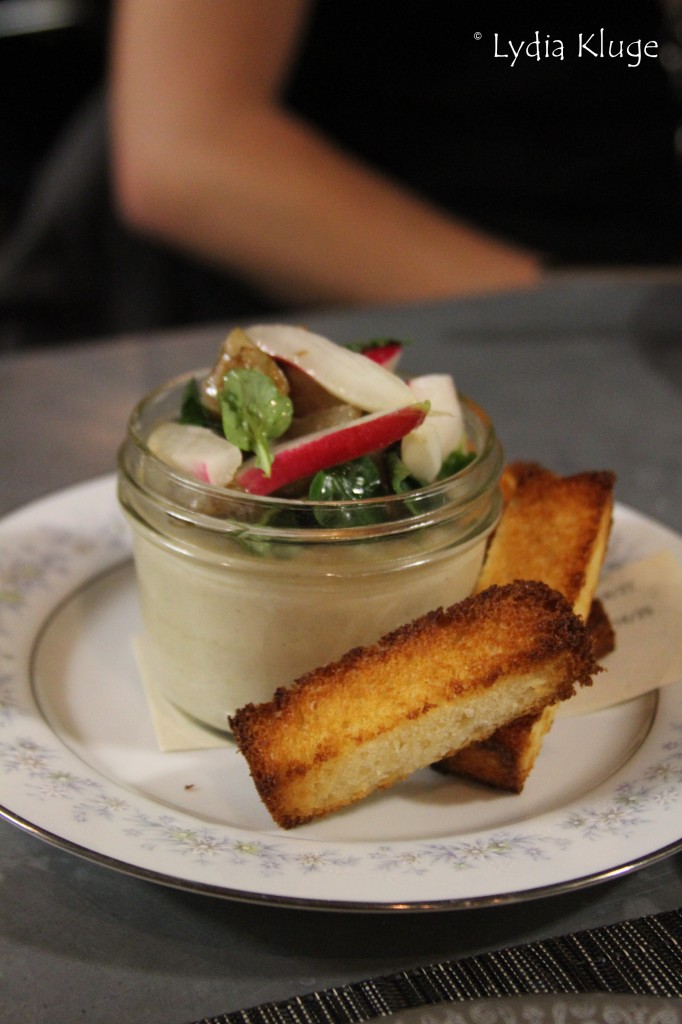
Delicious treats from San Francisco’s Local Mission Eatery
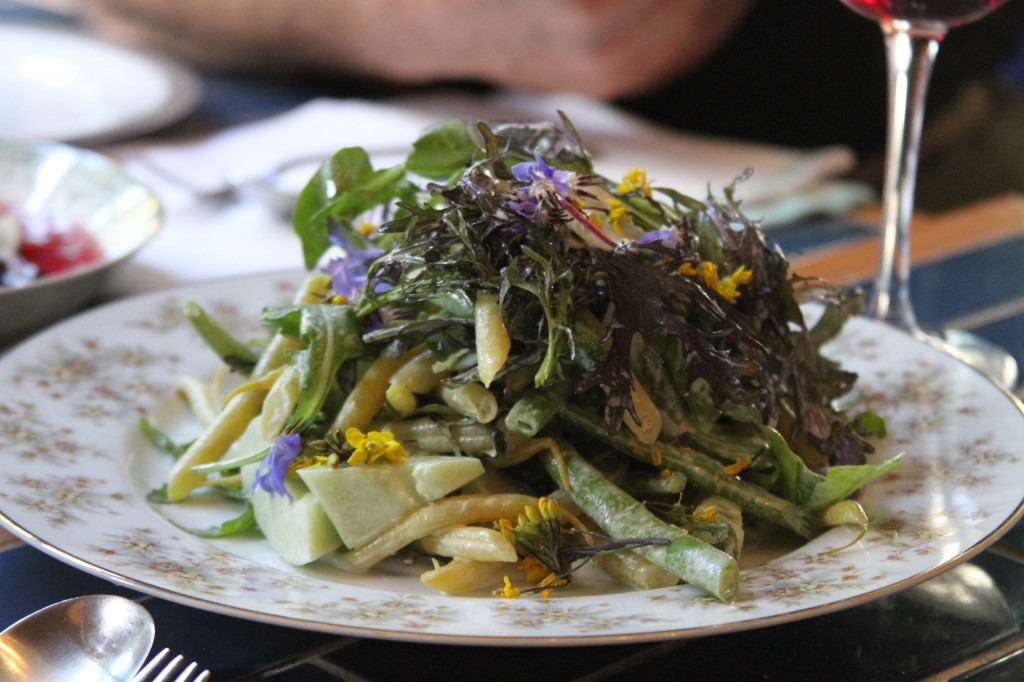
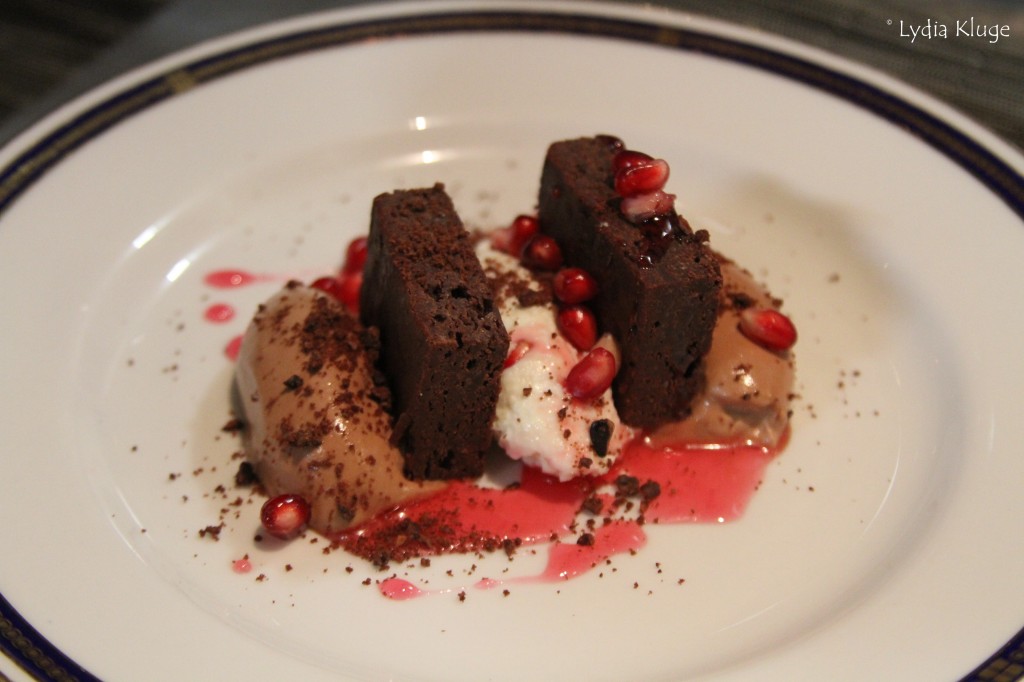
Delights from Knead Patisserie
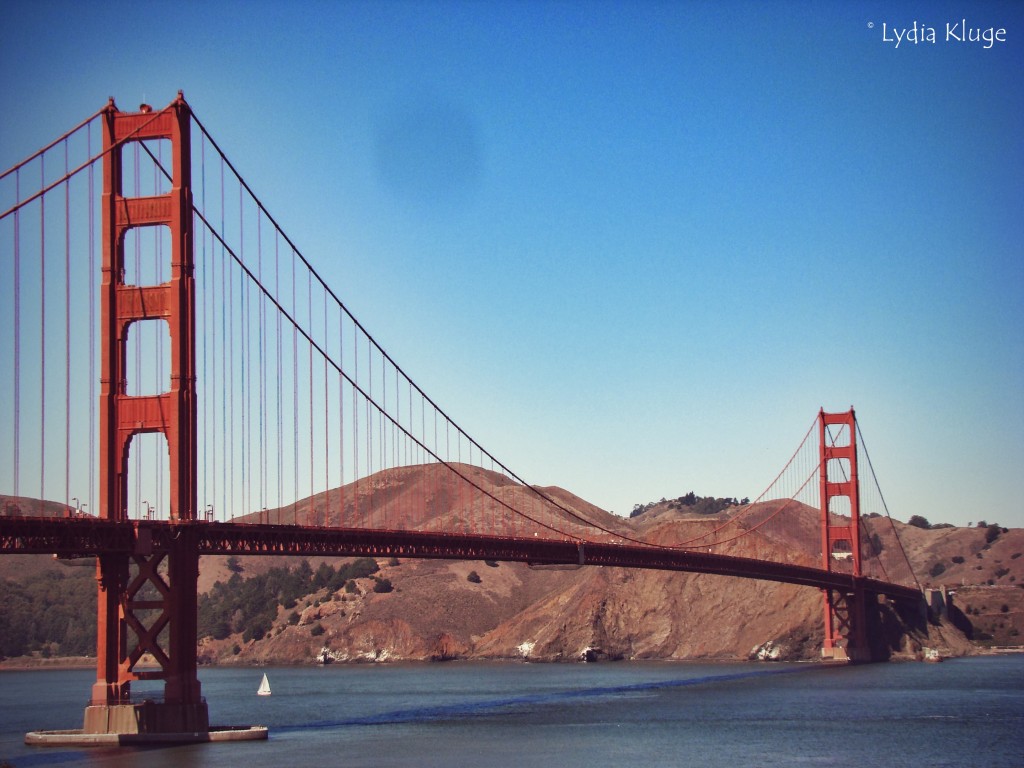
San Francisco’s Golden Gate Bridge
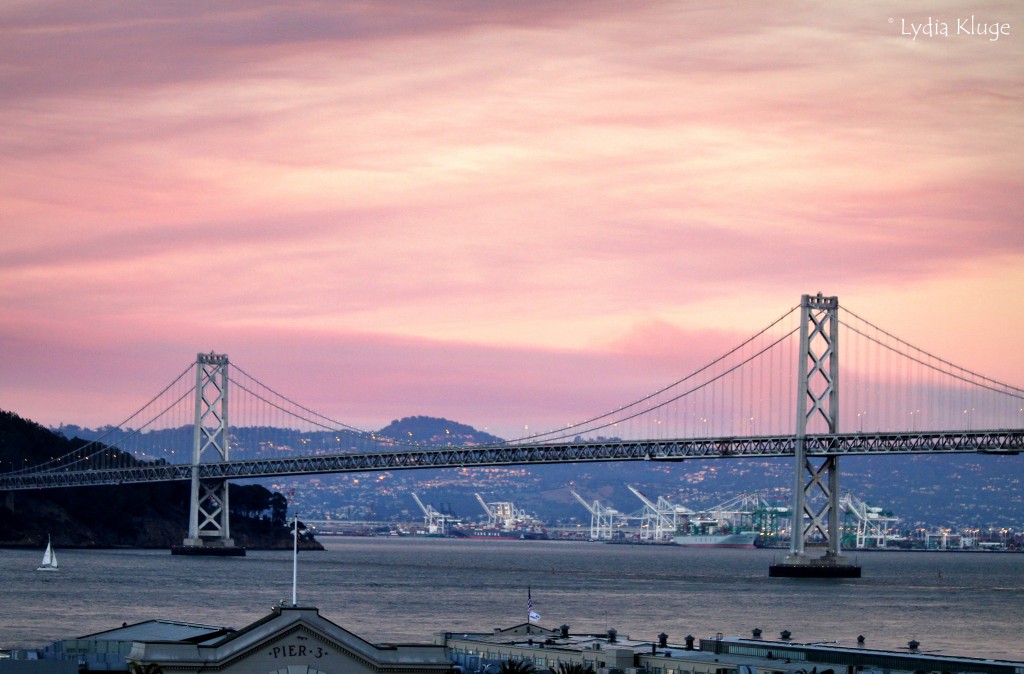
San Francisco – Oakland Bay Bridge
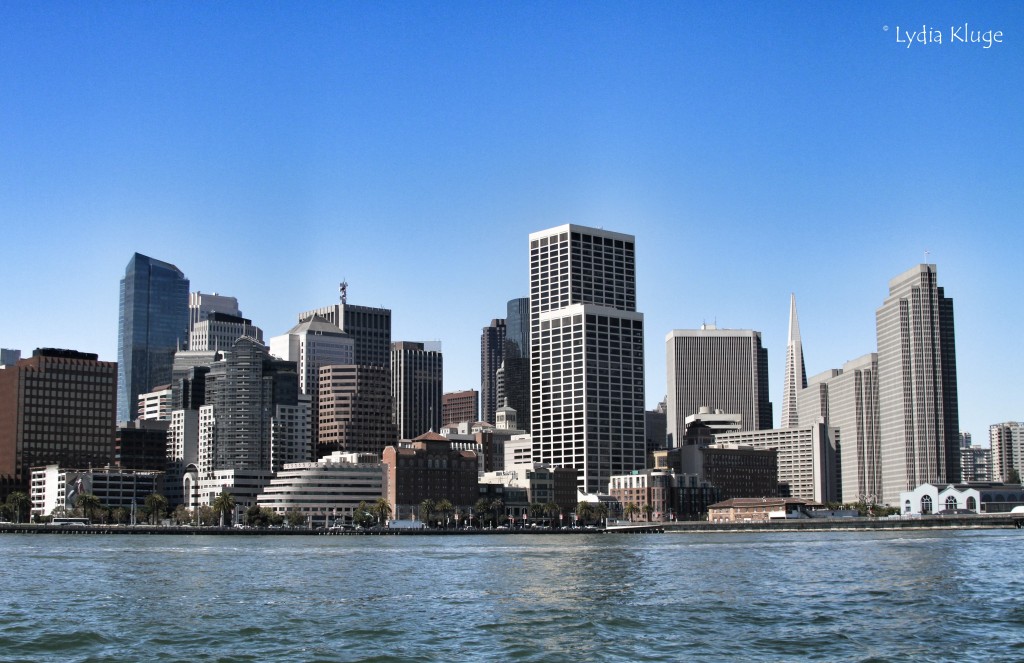
Downtown San Francisco